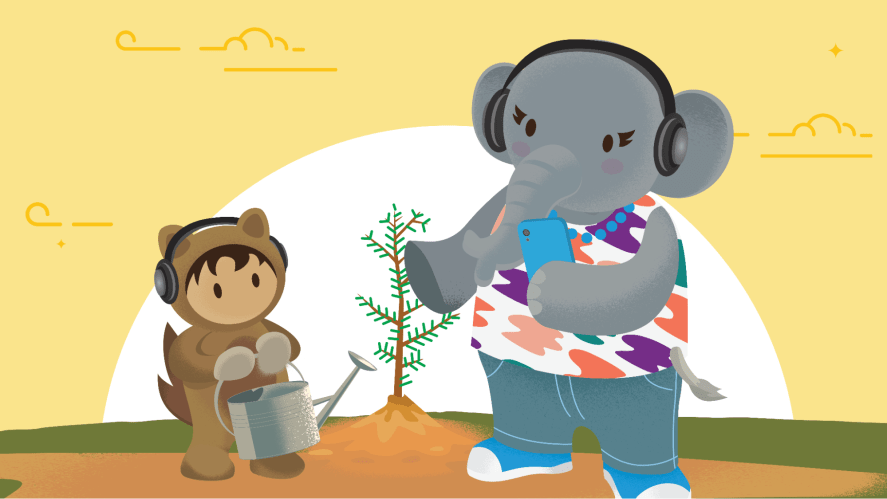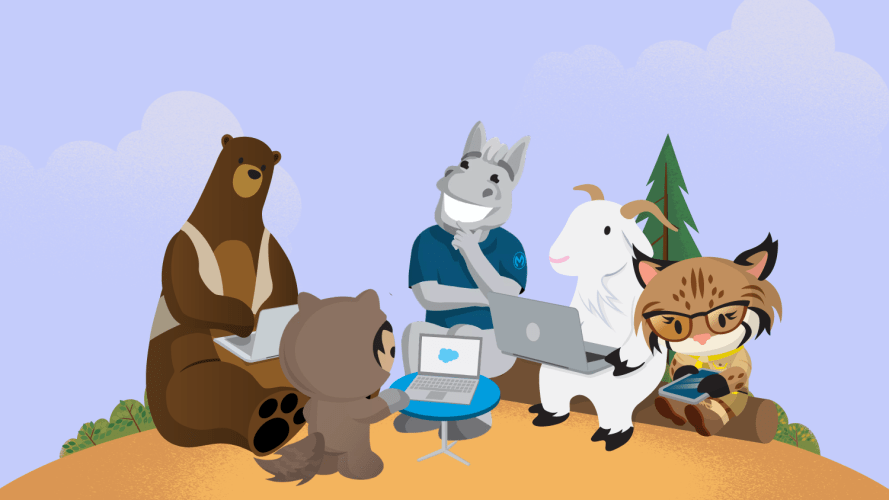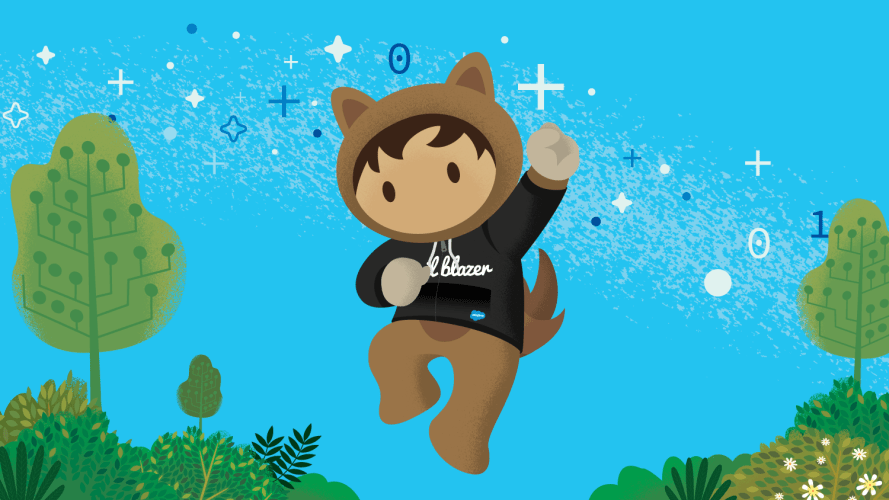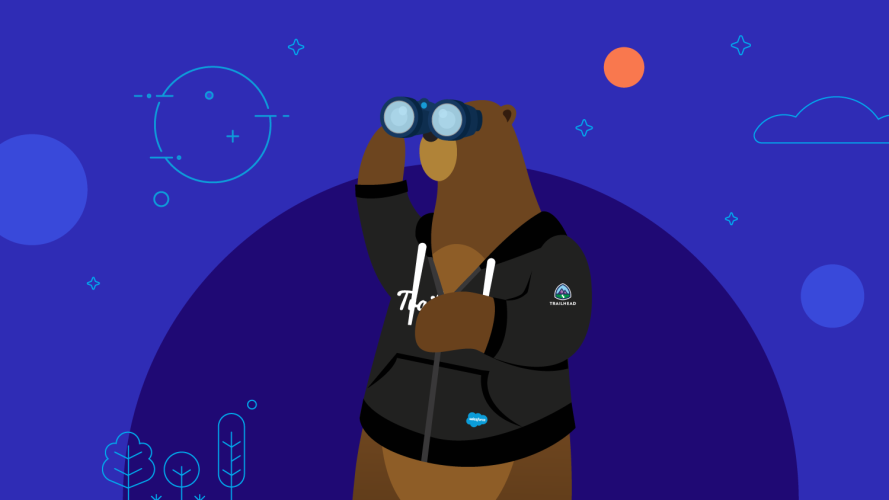Employees With Disabilities Deserve Better – Here’s What You Can Do
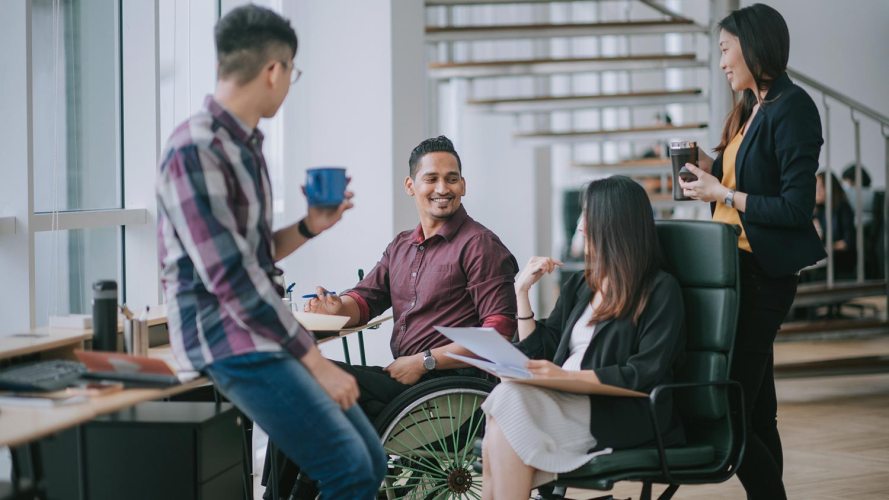


People with disabilities are much less likely to be employed than people without disabilities. Make changes that can help attract and retain talent with disabilities.
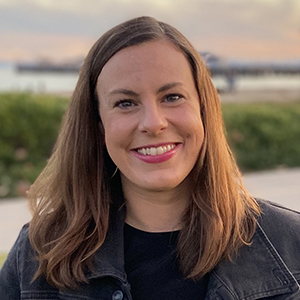
Haley Kimmet
For far too long, I saw my disability as something to “overcome” or minimize in school and the workplace. But when I found the disability community, I began to recognize the immense value our collective experiences as employees with disabilities bring to the workforce, and how companies — and workforce participants — can shift work environments to be better for all.
I’m the global events co-chair of Salesforce’s Abilityforce Equality group, our employee resource group that unites people with visible and invisible disabilities, employees with loved ones who are disabled, and allies. In this role, I support initiatives that center the intersectional nature of disability, build trust, and community for people with disabilities and their allies, and advocate for measures that advance access and inclusion at Salesforce.
From our work to close the accessibility gap to the championing of the voices of employees with disabilities, including mine, Salesforce is committed to creating a more accessible workplace. Although there is still much work to be done, part of the journey in creating a truly equal workplace is in creating space for important conversations about the inequalities that exist.
I talked about this journey recently with Maria Town, president and CEO of the American Association of People With Disabilities (AAPD). Prior to her role at the AAPD, Town worked in government at both the federal and the city level. She worked on policy related to youth and disability employment, and then moved into a community engagement role for President Barack Obama. Following her work with the Obama administration, she led the Mayor of Houston’s Office for People with Disabilities. Town and I discussed the important work that AAPD is doing and the ways in which companies can, and should, become more accessible to talent with disabilities.
The power of representation for employees with disabilities
“I’ve had cerebral palsy my whole life,” said Town. “I did not meet another person who had my disability, a career, and a family of her own until I was 23 years old. That’s why making sure that no one experiences that is a huge motivation for me. People with disabilities of every type should be able to see themselves in every industry and in every level of that industry, from frontline employee to board member.”
Seeing yourself represented in spaces expands your idea of what you can be and accomplish.
Salesforce has established relationships with a wide range of nonprofits, agencies, and resource hubs to help close the employment gap for people with disabilities. It works with AAPD to host a career fair, which directly connects future and current job seekers with disabilities with participating companies.
“We know employment is the key to so many other aspects of life: the ability to maintain stable housing, save towards your future, have a family, or to pursue any other dreams that you may have,” Town said.
Remove recruitment barriers for employees with disabilities
According to the U.S. Bureau of Labor Statistics, in 2021, only 19% of people with disabilities were employed (that means a whopping 80% of people with disabilities are unemployed). This is a significantly lower rate of employment than people without disabilities — 63.7% of people in this category were employed.
“The number of barriers that people with disabilities face while navigating the mainstream job marketplace is part of why employment levels among this group are so low,” said Town. “I’ll use myself as an example. When I went to work for the city of Houston. Their job application portal required applicants to have a driver’s license. Because of my disability, I don’t drive, which is a fairly common experience in the disability community. I was going to work in an administrative role which did not require driving, but because of that requirement I couldn’t get hired.”
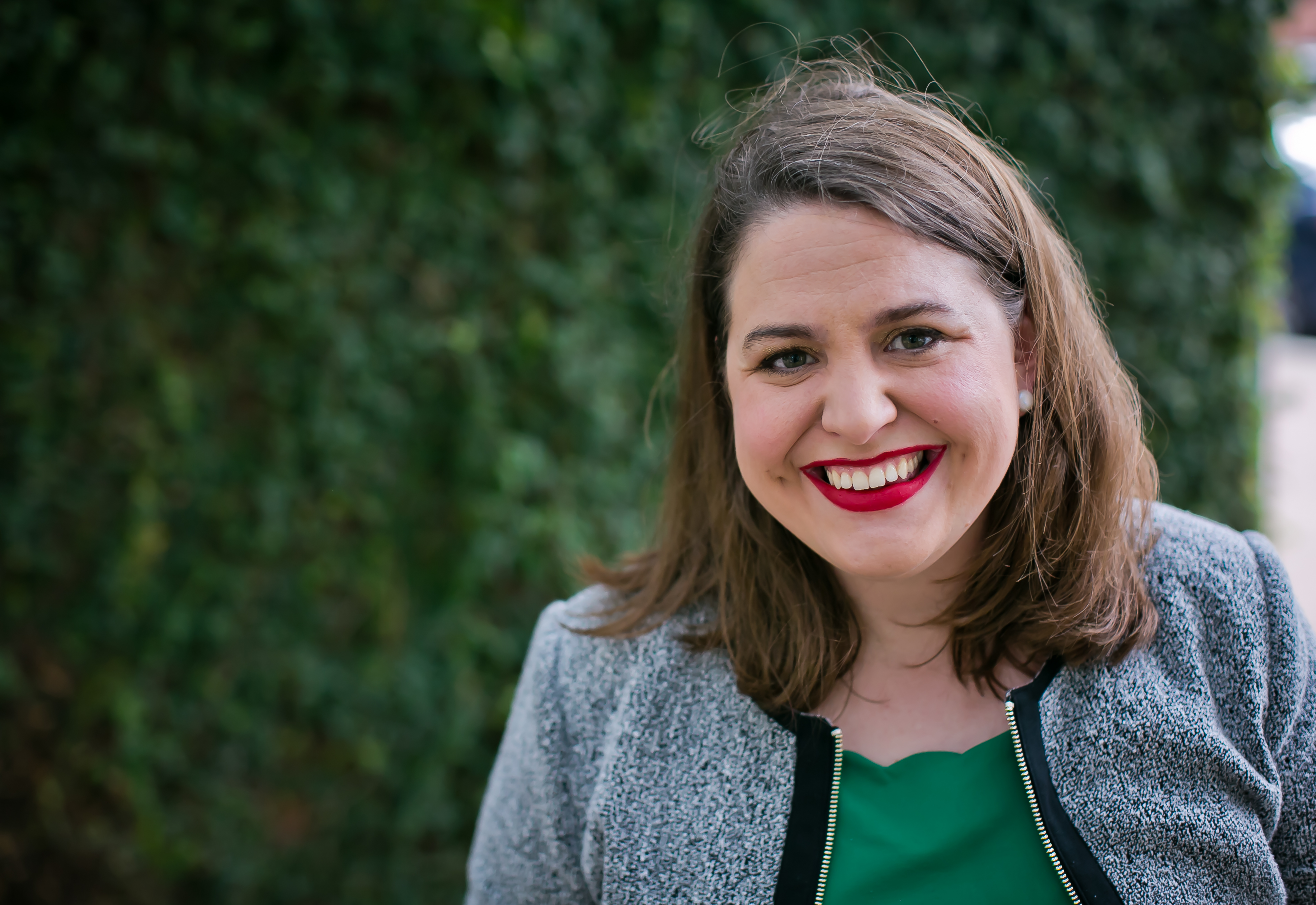
Town explained that application terminology can signal to employees with disabilities that they’re not welcome in your company. “For example, saying, ‘must have good speaking abilities’ when you actually mean, communicate,” she said.
Removing barriers and being more intentional with outreach during recruiting also gives employers the opportunity to connect with talent with disabilities earlier in their careers. “For students with nontraditional resumes and GPAs (grade point averages) that reflect the significant barriers they may have faced in school due to systemic ableism and lack of access, companies can prioritize talent development,” said Town.
The Bureau of Labor and Statistics reported that across all levels of education in 2021, people with disabilities were much less likely to be employed than people without disabilities. “We saw over and over again that students with disabilities and recent graduates were denied opportunities like internships,” Town said. “So we do everything we can to remove those barriers and I would encourage companies to do the same.”
Making these changes can also help attract and retain employees with disabilities. “Take a careful look at every aspect of your job recruitment process and your application process. Look at the accessibility of those processes and look at the cultural values you communicate to prospective and current employees. This can make a huge difference in a company’s ability to promote itself as a welcoming and inclusive company.”
Changing the way you work — long-term
“Prior to the pandemic when people with disabilities requested remote work it might have taken months to even get a conversation around the accommodation. The pandemic showed us that remote work, in many instances, can work,” said Town. “We have encouraged employers to not just ‘return to normal.’ Because what is ‘normal’? For people with disabilities, and for so many other employees, normal was not enough and it was not working.”
Earlier this year, Salesforce announced its “work-from-anywhere” model, giving employees the opportunity to continue working remotely long-term. “With remote work options, you also give people more flexibility to establish personal and familial safety plans that work better for them.”
Focus on accessibility in every part of the business
Companies are developing initiatives to recruit more women and people from underrepresented racial and ethnic backgrounds, Town said. But often, those efforts for diversity and inclusion don’t cover accessible technologies. She suggests that leaders incorporate skills related to the promotion of access into their diversity, equity and inclusion programs.
“Then, you’ll have the ability to really shape the next generation of talent,” she added. “If we consider access as part of the baseline of products and services, instead of as an add-on, we can increase opportunity access and equity for people with disabilities all over the world.”
Take action to create a workplace that includes everyone
Learn why it’s important to make technology accessible to everyone and the best practices for authoring accessible content.














